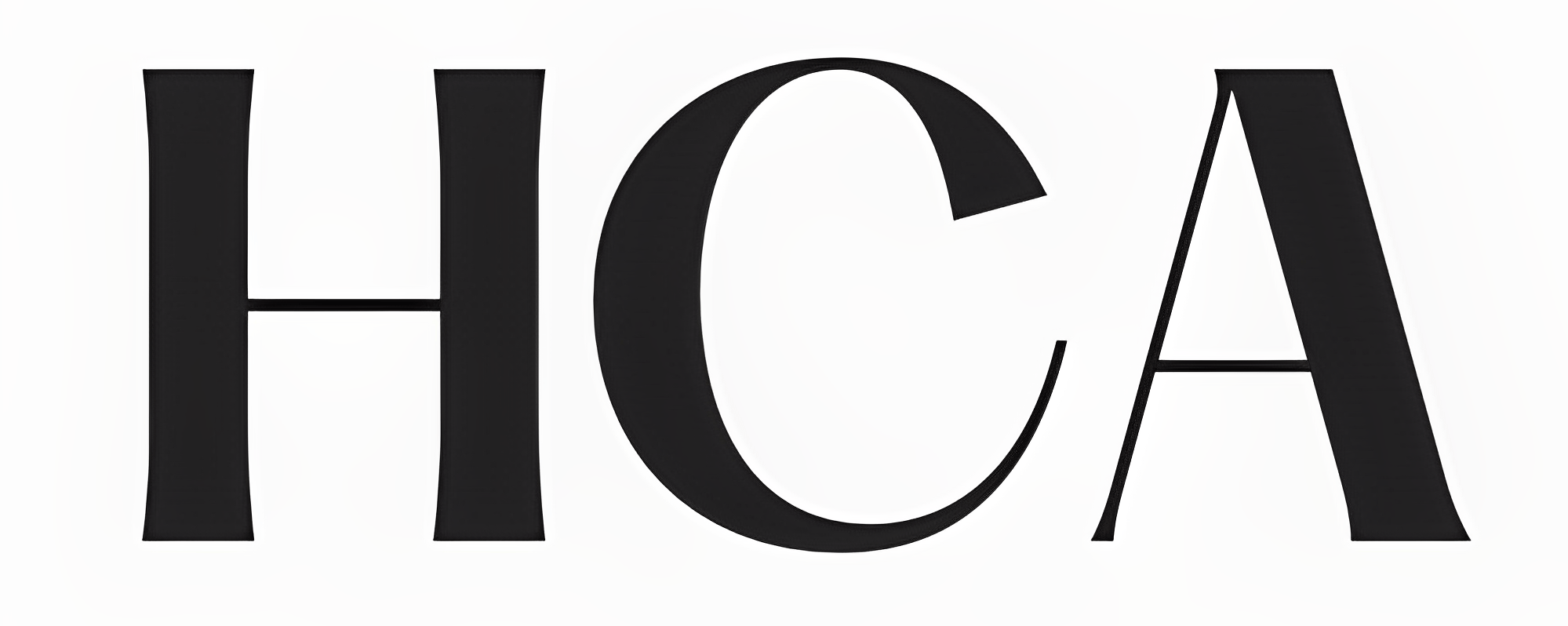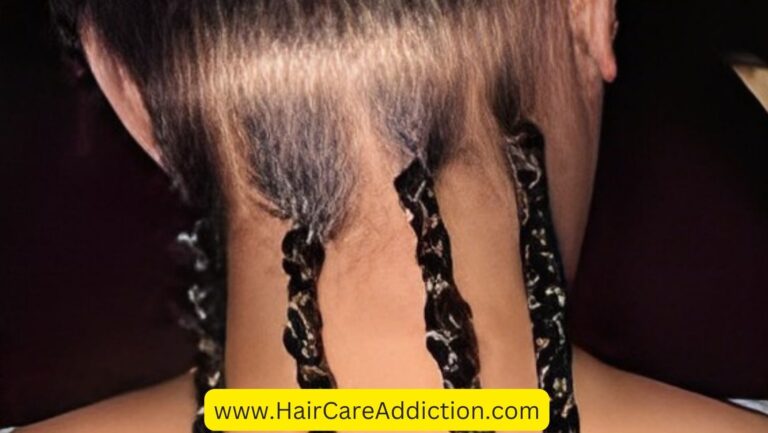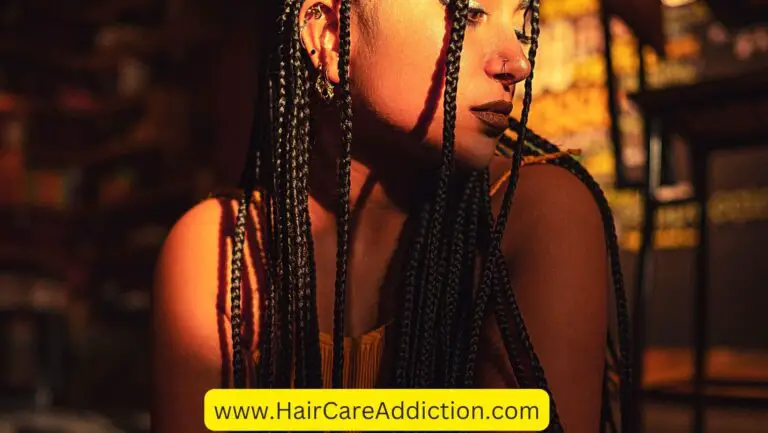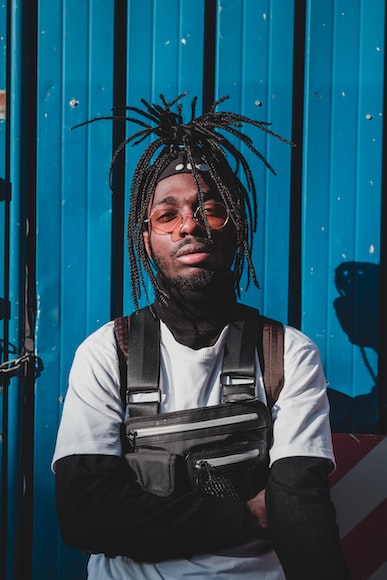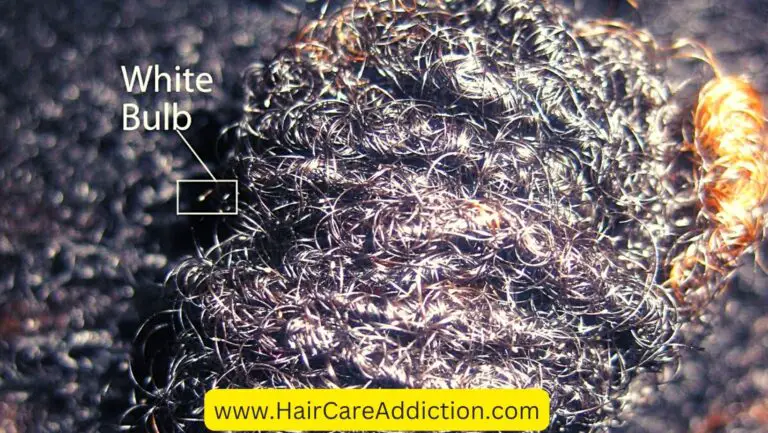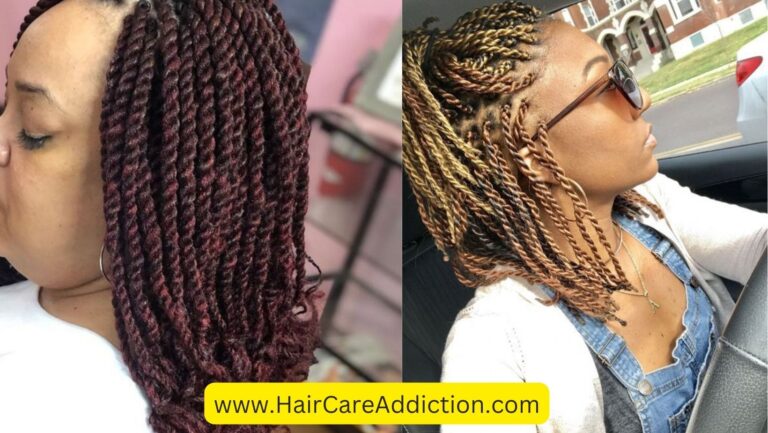Synthetic Vs Wool Dreads: Detailed Comparison, Pros, and Cons
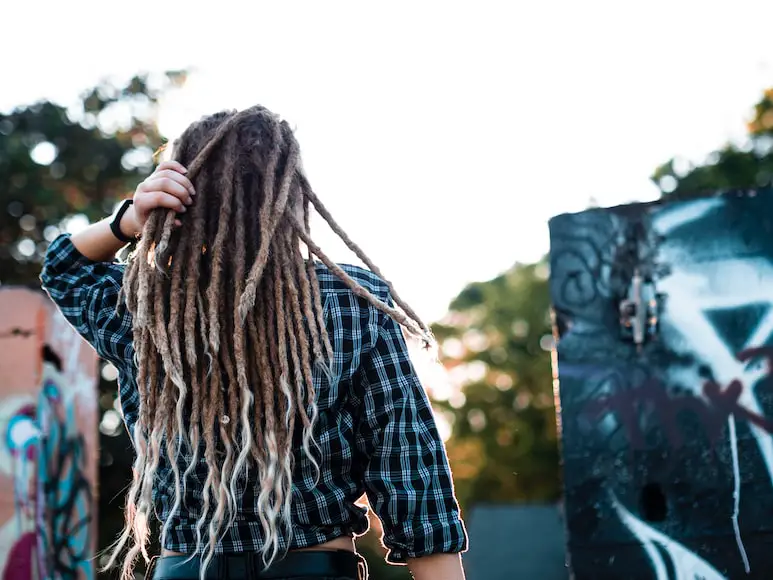
Are you considering getting dreadlocks but feeling unsure whether to go for synthetic or wool dreads?
This article will provide you with a detailed comparison between synthetic and wool dreads, including their pros and cons, to help you make an informed decision.
Let’s dive into the world of dreadlocks and unravel the mystery behind these two popular options.
Synthetic Dreads: Pros and Cons

Pros of Synthetic Dreads
- Wide variety of textures and styles: Synthetic dreads come in smooth and crochet textures, as well as straight, curly, and wavy styles, offering more versatility in appearance.
- Water-resistant: Synthetic dreads do not absorb water, which can be a plus for swimmers or those who spend time in wet environments.
- Long-lasting: Synthetic dreads tend to last longer than wool dreads, making them a suitable option for those seeking a more permanent hairstyle.
Cons of Synthetic Dreads
- Can feel heavy: The weight of synthetic dreads can cause neck pain or discomfort, especially when worn for extended periods.
- Difficult to wash: Synthetic dreads can be challenging to clean due to their non-absorbent nature.
- Can be itchy: Some people may experience itching or discomfort from synthetic dreads, especially those with sensitive scalps.
Wool Dreads: Pros and Cons
Pros of Wool Dreads
- Natural appearance: Wool dreads look and feel more natural than synthetic dreads, which some people find more appealing.
- Lightweight: Wool dreads are lighter in weight, making them more comfortable to wear for extended periods.
- Easy to wash: Wool dreads are easy to clean, and they can be quickly dried after washing.
- Less itchy: Wool dreads are generally less irritating to the scalp than synthetic dreads, providing a more comfortable experience for the wearer.
Cons of Wool Dreads
- Absorbs water: Wool dreads can become heavy when wet, as they absorb water like a sponge.
- Limited color options: While wool dreads can be dyed, the color options are not as extensive as those for synthetic dreads.
- Less durable: Wool dreads may not last as long as synthetic dreads, making them a less permanent option for dreadlock wearers.
Synthetic vs Human Hair Dread Extensions
In addition to synthetic and wool dreads, there are also human hair dread extensions available.
Human hair dreads look and feel even more natural than wool dreads and can be styled, dyed, and maintained like your natural hair.
However, human hair dread extensions can be quite expensive and may require more maintenance than synthetic or wool dreads.
Does Synthetic Hair Last Long?
Synthetic hair dreads generally last longer than wool dreads, making them a more permanent option for those seeking a long-lasting hairstyle.
However, the lifespan of synthetic dreads depends on the quality of the material and the care taken in maintaining them.
With proper care, synthetic dreads can last for several months or even years.
Are Wool Dreads Itchy?
Some people may experience itching with wool dreads, but this is generally less common than with synthetic dreads.
Wool dreads are made from natural fibers, which tend to be less irritating to the scalp than synthetic materials.
Additionally, proper care and maintenance of wool dreads can help minimize any potential itchiness.
Toyokalon Vs Kanekalon
Toyokalon is a synthetic hair fiber known for its soft and silky texture, closely resembling human hair.
It is lightweight, easy to separate, and less likely to tangle. Toyokalon is more heat-resistant than Kanekalon, making it suitable for blow-drying at low heat or flat ironing at high heat. It holds styles such as curls and twists very well but is slightly more expensive than Kanekalon, often used for hairpieces and wigs.
Kanekalon is another popular synthetic hair fiber with a coarser and crimped texture designed to mimic Afro-Caribbean human hair. It is heavier than Toyokalon due to its coarseness and needs to be stretched and feathered before installation.
Kanekalon is less heat-resistant than Toyokalon and is best suited for voluminous up-dos, although it may be more challenging to achieve a neat finish. Kanekalon is more affordable compared to Toyokalon.
Toyokalon vs. Kanekalon: Which One is Better?

Here’s a side-by-side comparison of Toyokalon and Kanekalon to help you decide which one is better for your needs:
| Toyokalon | Kanekalon |
|---|---|
| Softer and silkier, similar to human hair | Coarser and crimped to mimic Afro-Caribbean human hair |
| Lighter | Heavier due to its coarseness |
| Easier to separate and less likely to tangle | Needs to be stretched and feathered before installation |
| More heat-resistant, can be blow-dried at low heat or flat ironed at high heat | Less heat-resistant than Toyokalon |
| Holds styles such as curls and twists very well | Good for voluminous up-dos, but harder to hold a neat finish |
| Slightly more expensive, often used for hairpieces and wigs | More affordable compared to Toyokalon |
Ultimately, the choice between Toyokalon and Kanekalon depends on your personal preferences, desired hairstyle, and budget.
Toyokalon may be a better choice if you’re looking for a softer, more natural-looking synthetic hair fiber that can hold styles well and handle heat better.
Kanekalon, on the other hand, may be more suitable if you’re after a coarser texture that mimics Afro-Caribbean hair and is more budget-friendly.
Difference Between Kanekalon and Synthetic Hair
It’s important to note that Kanekalon is a type of synthetic hair, and not all synthetic hair fibers are the same.
Synthetic hair is an umbrella term used to describe any artificial hair fiber, while Kanekalon is a specific brand of synthetic hair made from a unique blend of materials designed to mimic natural hair.
Is Kanekalon Hair Better Than Synthetic?
As mentioned earlier, Kanekalon is a type of synthetic hair.
However, when comparing Kanekalon to other generic synthetic hair fibers, many people find that Kanekalon is better in terms of quality, texture, and appearance.
It is more durable and closely resembles natural hair, making it a popular choice for braiding and extensions.
Is Kanekalon Hair Good?
Yes, Kanekalon hair is considered good due to its realistic appearance and versatility.
It is widely used for braiding and hair extensions, providing a natural look that is difficult to achieve with some other synthetic hair fibers.
Its coarser texture, which mimics Afro-Caribbean hair, makes it an excellent choice for many different hairstyles.
Is Kanekalon Hair Safe?
Kanekalon hair is generally safe to use. It is made from a blend of materials designed to be gentle on the scalp and skin.
However, it’s essential to follow proper installation and care techniques to avoid any potential issues.
Always ensure your hair and scalp are clean and healthy before installing any extensions or braids, and remove them carefully to prevent damage to your natural hair.
Conclusion
In conclusion, both synthetic and wool dreads have their pros and cons, and choosing between the two ultimately comes down to personal preference.
We hope this article makes you clear about the difference between synthetic and wool dreads.
